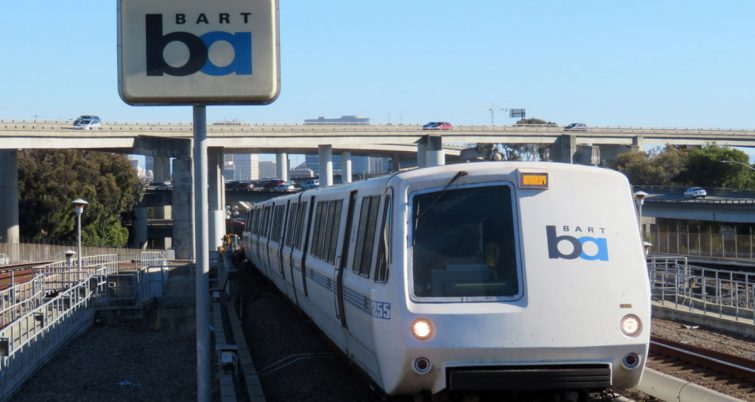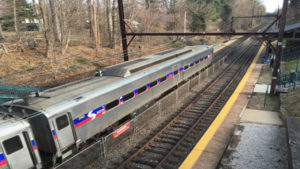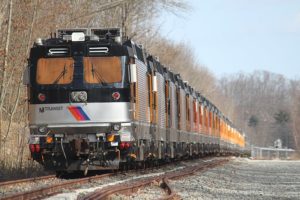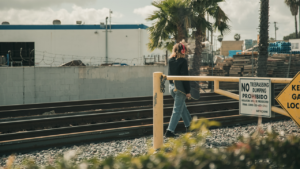BART prepares for legacy train car retirement as ‘Fleet of the Future’ draws near
Written by Kyra Senese, Managing Editor
With Bay Area Rapid Transit (BART) preparing to welcome its new Fleet of the Future trains in 2019, BART is making plans regarding what to do with its “legacy” train cars, some of which the transit agency said date back to 1972.
The BART Board of Directors was set to discuss early plans for the fleet decommissioning at its Jan. 10 meeting, according to a statement.
“The decommissioning is a complex process because BART will operate with a mixed fleet of new and old cars for some time,” a post on BART’s website explained. “The new and old cars can’t join together in one train, but there will be full train sets made up of new and old running simultaneously for several years.”
Philip Kamhi, special projects manager for Rolling Stock & Shops, who is leading the decommissioning, said in a statement that the process is a complicated balancing act because the transit agency has an operational need to expand service and lengthen trains.
“We’re depending on the Fleet of the Future delivery schedule; we have to plan for enough storage for all the train cars; and we’re figuring out what to do with the old ones as they are retired,” Kamhi explained in the statement.
In early 2020, BART expects to max out on its capacity to store the agency’s growing fleet for maintenance. Currently, BART estimates that the legacy fleet’s retirement will be completed by late 2023.
As reported on BART’s website, the Federal Transit Administration requires that rolling stock may be sold after the useful life of federally-assisted property is reached.
Depending on the assessed market value of the equipment, officials said the FTA may be entitled to a portion of the proceeds from sales, by the FTA’s percentage of participation in the cost of the original purchase.
BART’s legacy fleet includes 59 A2 cars and 380 B2 cars; 150 C1 cars; and the generally worst-performing cars, 80 C2 cars, according to the transit agency’s website.
The car selection criteria for decommissioning will consider the following:
Reliability – Mean Time Between Incident (MTBI) and MTBI rate/1000 hours over a 12- and 24-month period. Decommission “repeaters” or bad actors that impact service reliability
Availability – Long term holds due to accident damage
Exterior and interior condition
Hours (total number of service hours the car has run)
Time remaining on key components
Status of component overhauls
APSE (Auxiliary Power Supply Equipment) type
Financial Planning stakeholders are expected to ensure that FTA financial commitments have been met. Members of the legal team will ensure legal compliance, and marketing representatives are expected to carry out outreach efforts to provide information and engage the public on what should be done with the old cars, BART said.
As details are finalized, BART said there will be a retirement announcement and ceremony when last of the legacy BART cars are retired.





